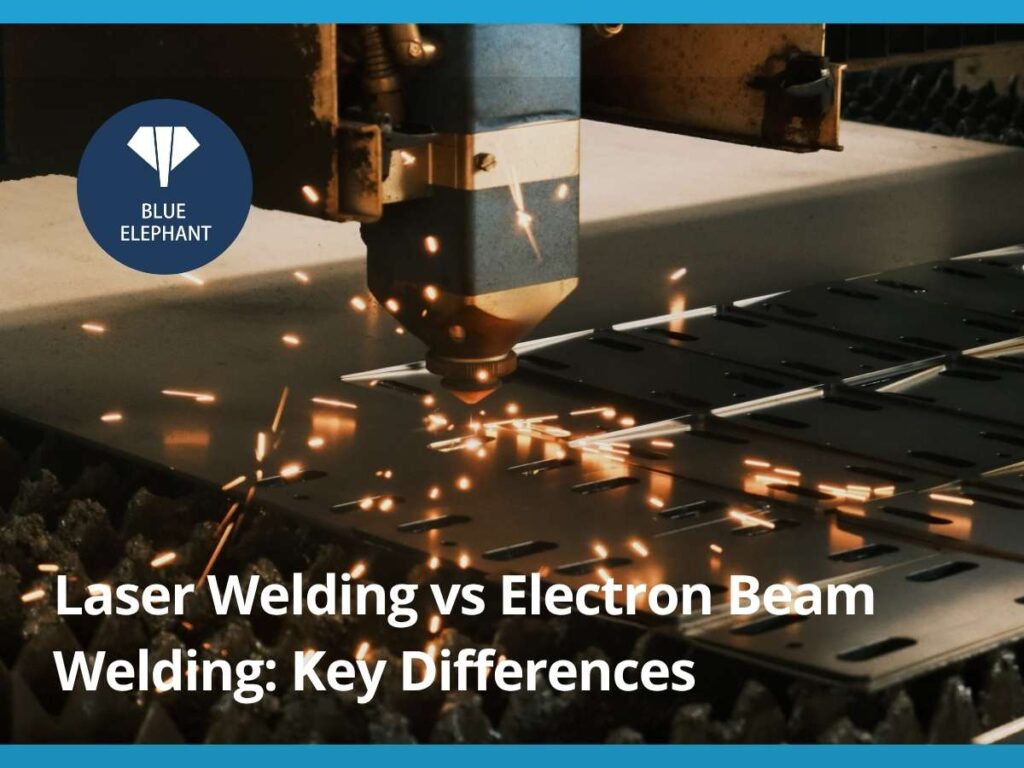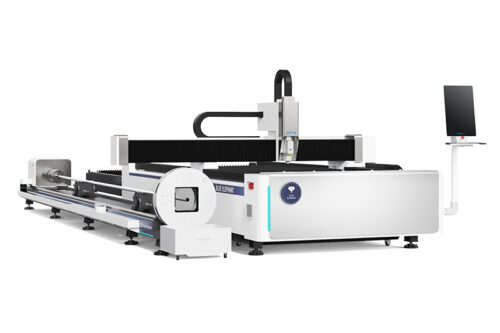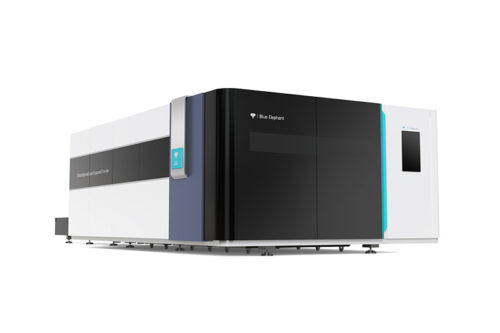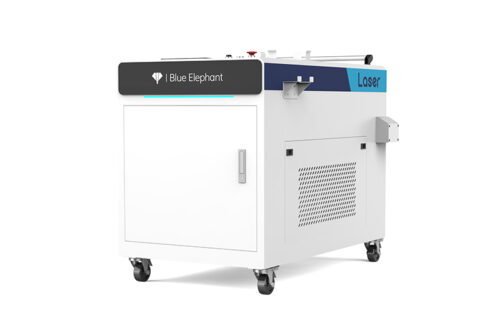I remember the first time I had to choose between laser welding and electron beam welding for a high-precision project. The stakes were high, and I couldn’t afford a mistake. The more I researched, the more I realized how different these two processes were.
At first glance, they seem interchangeable. Both deliver strong, precise welds for industrial applications. But once you dig deeper, the differences become clear.
I’ve analyzed these welding techniques based on practical performance, cost, and efficiency. No fluff, just what actually matters for businesses making real-world decisions.
In this article, you’ll get a direct comparison of laser welding and electron beam welding, focusing on the key factors that impact your bottom line. By the end, you’ll know exactly which method suits your needs.
Let’s dive in!
1. Energy Source Comparison
Let’s start with the basics. Understanding how each process generates and applies energy will give you a solid foundation to compare their performance.
Laser Welding: Focused Light Power
- Laser welding uses a focused beam of high-energy light, usually from fiber, diode, or CO₂ lasers. The beam is directed precisely through lenses or fiber optics to a targeted point on the metal, where its intense energy melts and fuses the material.
- Unlike electron beams, lasers don’t require a vacuum environment, which adds a lot of flexibility to production workflows. You can run laser welders on the factory floor with minimal setup and standard shielding gases.
EBW: High-Speed Electrons
- Electron beam welding fires a concentrated stream of high-velocity electrons at the material. When these electrons hit the surface, their kinetic energy converts into heat, melting the metal for joining.
- Because electrons scatter in the presence of air, the entire process must occur in a vacuum chamber. While this results in incredibly focused and efficient welds, it limits the process to controlled environments and slows down setup.
At a glance, both methods are high-energy, but their delivery systems are worlds apart. If you need vacuum-level precision, EBW is unmatched; if you’re after flexibility and integration, laser welding might already be a better fit.
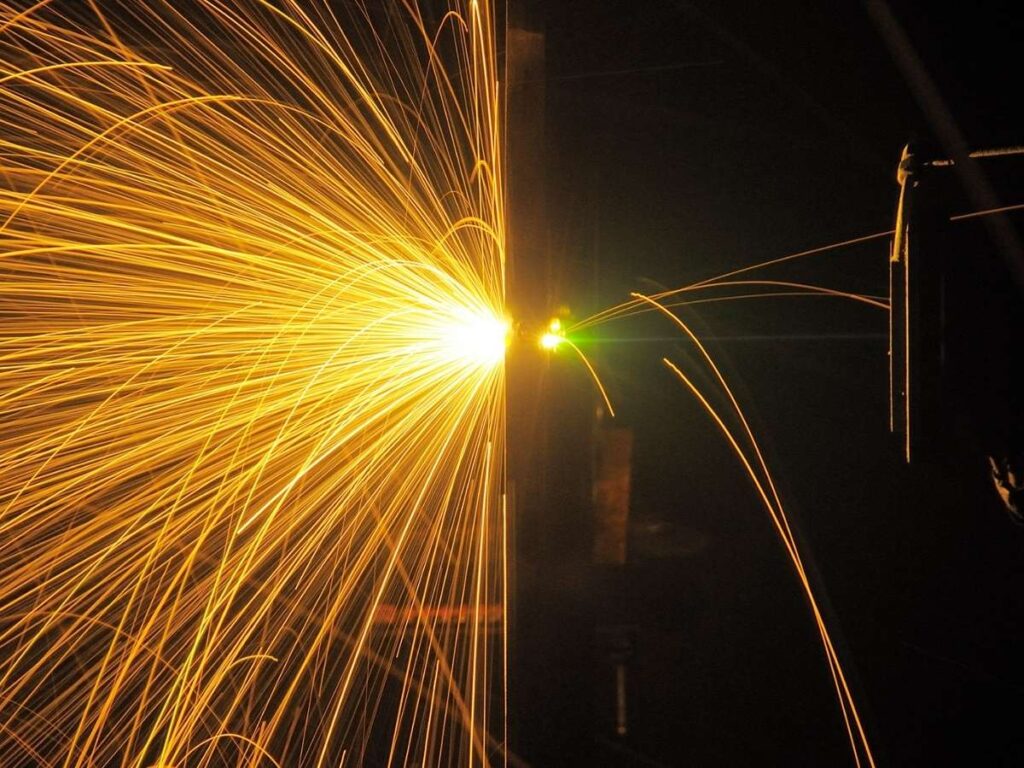
2. Variations in Operating Conditions
In practice, the environment where welding happens can make or break your production schedule. Setup time, operating atmosphere, and machine footprint are often the dealbreakers, more than weld specs.
Laser Welding: Shop-Friendly Setup
- Laser welding can be done in open air, often with a simple shielding gas like argon or nitrogen. This makes it well-suited for dynamic shop environments or production lines where switching between jobs is frequent.
- Laser welding systems are generally modular and compact, which helps when floor space is tight or when mobility is required. You can install them into automated setups, robotic arms, or even move them between workstations.
EBW: Controlled Environment Required
- Electron beam welding requires a vacuum chamber to operate, which adds complexity to the setup. Each weld cycle needs time to evacuate the air, delaying production compared to laser systems.
- EBW systems are large and require dedicated infrastructure to house the vacuum chamber and supporting systems. Once installed, moving or reconfiguring them is often not practical.
From an operator’s perspective, laser systems are easier to manage day-to-day. EBW gives you high control, but you have to work around its demands.
3. Weld Depth and Material Thickness
Some jobs are all about surface work, but others demand deep, strong welds that hold under pressure. This is where the differences start to matter more, especially in industries like aerospace or heavy manufacturing.
Laser Welding: Clean But Shallow
- Laser welding usually offers weld depths up to 25mm in a single pass depending on the laser type and power. That’s more than enough for thin-gauge materials, enclosures, or lightweight structural parts.
- It handles edge joints and lap joints with a high degree of accuracy, and the minimal heat input keeps surrounding material safe from distortion. But as material thickness increases, so does the need for multiple passes or more powerful lasers.
EBW: Deep Welds, No Problem
- Electron beam welding can penetrate over 50mm in a single pass without compromising weld quality. This makes it ideal for high-strength, load-bearing components like turbine shafts, structural beams, or pressure vessels.
- The process forms deep, narrow welds with minimal filler material, which reduces the chance of internal voids. If depth and structural integrity are top concerns, EBW holds a strong advantage.
If you deal with thicker materials or structural welds, EBW is a serious contender. But for lighter jobs and speed, laser welding pulls ahead.
4. Heat Impact and Material Distortion
Now let’s talk about heat, because no one wants to deal with a beautifully welded part that’s also badly warped. How much heat gets into the surrounding area can affect everything from part tolerance to surface finish.
Laser Welding: Small Heat-Affected Zones
- Laser welding is known for its low heat input and small heat-affected zone (HAZ). This makes it a top choice for precision parts or when working with delicate materials that can’t handle much thermal distortion.
- With its pinpoint accuracy, you get a very concentrated weld with minimal impact to surrounding areas. That means less post-processing, fewer rejects, and cleaner-looking assemblies.
EBW: Even Less Heat Overall
- EBW introduces even less total heat into the workpiece thanks to its deep penetration and narrow beam. The result is a very small HAZ and minimal material distortion, even on thick or complex components.
- Because the energy transfer is so efficient in a vacuum, you avoid heat buildup in adjacent areas. This helps preserve part geometry and is crucial for high-tolerance applications like aerospace or medical tools.
If your components need to stay dimensionally accurate and pristine, both methods offer solid options. But EBW might have the edge in critical applications where even a tiny bit of distortion is a problem.
5. Precision and Weld Quality
In many industries, especially those working under strict codes or regulations, weld quality isn’t just a priority, it’s the benchmark. Let’s look at how both methods hold up under scrutiny.
Laser Welding: Sharp, Clean, and Consistent
- Lasers can produce very neat, consistent welds with minimal spatter and oxidation, especially when paired with fiber delivery systems. That makes them ideal for visible joints or where cosmetic appearance matters.
- With good parameter control, laser welding is highly repeatable and easy to automate. That’s a big plus for mass production where every part has to look, and function, identically.
EBW: Industry-Leading Weld Integrity
- EBW produces incredibly pure, defect-free welds thanks to the vacuum environment. You’ll see fewer inclusions, porosity issues, or inconsistencies, even in deep joints.
- The process excels at welding dissimilar metals or difficult materials that are tricky for other methods. It’s the go-to for many critical aerospace, defense, and nuclear applications.
Laser welding gives you repeatable performance with flexibility, but EBW offers unmatched weld integrity. If quality is your absolute top priority, EBW may be hard to beat.
6. Speed and Production Efficiency
Time is money, especially on the production floor. Speed, cycle times, and automation compatibility are all part of the bigger picture.
Laser Welding: Fast and Flexible
- Laser welding systems can reach high processing speeds, especially when using fiber lasers or when working with thinner materials. The non-contact nature of the beam allows for rapid welds with little downtime.
- These systems integrate easily into high-throughput automation setups like conveyor lines or robotic arms. This makes laser welding ideal for mass production environments and short lead times.
EBW: Slower Setup, Quick Execution
- EBW systems require time to create a vacuum, which adds a delay before each weld cycle starts. However, once inside the vacuum, the actual welding process is extremely fast and efficient.
- The accuracy of the beam and the quality of the weld reduce rework and scrap, which offsets the slow start. This makes EBW more efficient for small-batch, high-precision jobs.
Laser welding shines in fast-paced settings, while EBW is better suited to slower, detail-oriented work. Choose based on how your shop balances volume and complexity.
7. Cost and Equipment Investment
Every shop has a budget. Understanding the short- and long-term costs can help you avoid surprises down the road.
Laser Welding: Mid-Range Investment
- Laser systems vary widely in price, but entry-level industrial models often start around $50,000 and can climb to several hundred thousand. Ongoing costs are relatively low, especially if you’re not dealing with consumables or vacuum maintenance.
- Maintenance is usually straightforward, involving optics cleaning and occasional replacement of key components. The total cost of ownership tends to be reasonable for high-use environments.
EBW: High Investment, High Precision
- EBW equipment is costly, installations often run into the $750,000+ range due to vacuum chambers, shielding, and infrastructure needs. Specialized staff and higher energy consumption also add to long-term costs.
- That said, the precision and quality output can justify the cost for specific applications. For industries where one failed weld can cost thousands, the upfront investment pays off in reliability.
Laser welding is easier to budget for and scale into mid-sized operations. EBW is more capital-intensive but delivers exceptional value in the right scenarios.

8. Factors to Consider When Choosing a Welding Method
By now, you’ve got a sense of how laser and electron beam welding stack up in real-world use. Let’s break it into three practical areas where I’ve seen shops make their final call.
Production Volume and Flexibility
If you’re handling high volumes and tight turnaround times, laser welding tends to fit better. It integrates seamlessly with automation and keeps up with demanding schedules without sacrificing quality. For small-batch or specialized parts, though, EBW offers unbeatable precision, especially if those parts are mission-critical.
Application Sensitivity and Material Type
Laser welding is pretty versatile with materials, especially standard metals and alloys. That said, EBW takes the lead when you’re dealing with exotic metals, dissimilar materials, or applications that absolutely cannot tolerate defects. If your work includes parts for aerospace, defense, or medical tools, EBW might be the better bet.
Facility Requirements and Workflow
Laser systems are a lot more forgiving when it comes to installation, they’re compact, mobile, and easier to scale up. EBW, on the other hand, demands its own space, controlled conditions, and trained operators, which can be limiting for some businesses. If you’re not ready to dedicate a section of your floor to a vacuum chamber setup, laser welding might be the more practical first move.
Conclusion
Laser welding gives you speed and flexibility. EBW gives you depth and unbeatable precision.
I wrote this guide to help you stop second-guessing and start building with clarity.
Your team deserves tools that work as hard as you do.
So what direction are you leaning? Curious to talk it through?
Contact Blue Elephant today! Our team is here to help.
Check Out These Additional Resources
Need more ideas? Browse through our extended range of products and discover something new:
Still haven’t found what you’re looking for? Don’t hesitate to contact us. We’re available around the clock to assist you.


